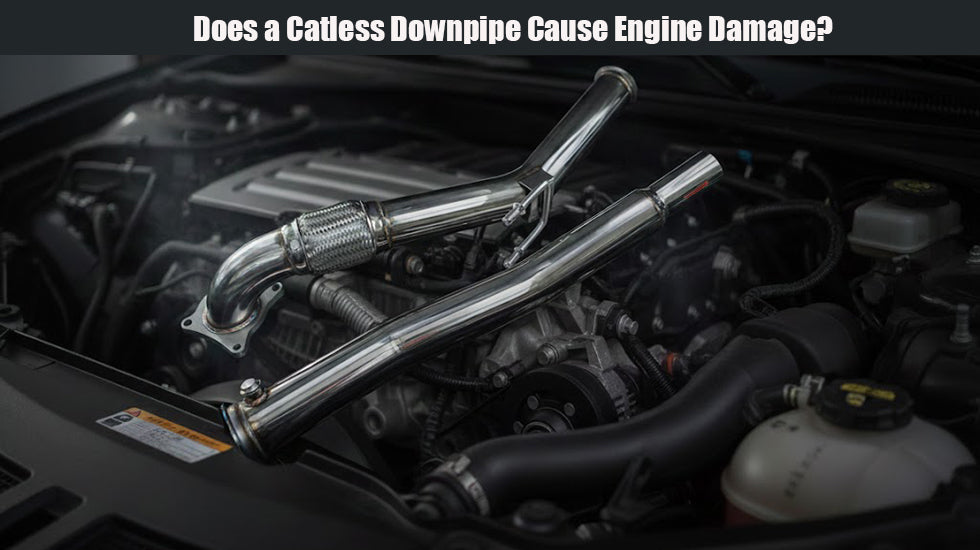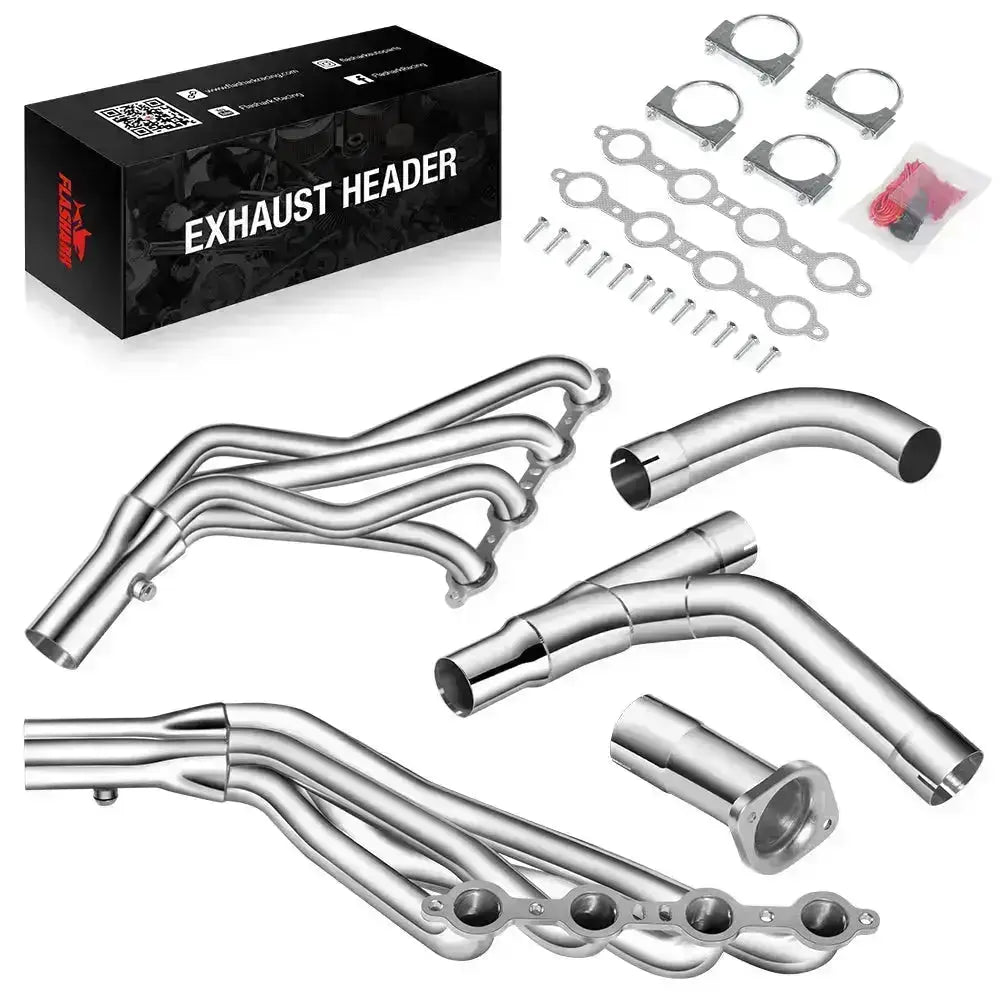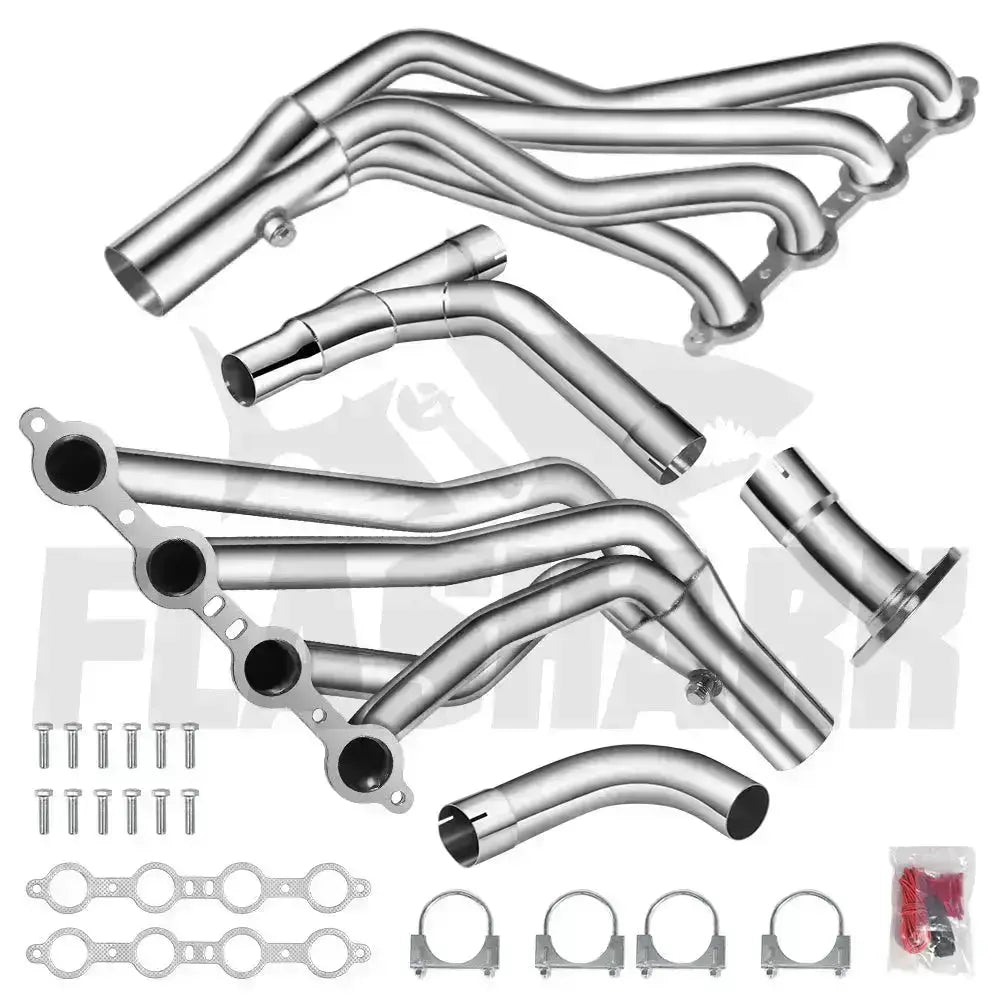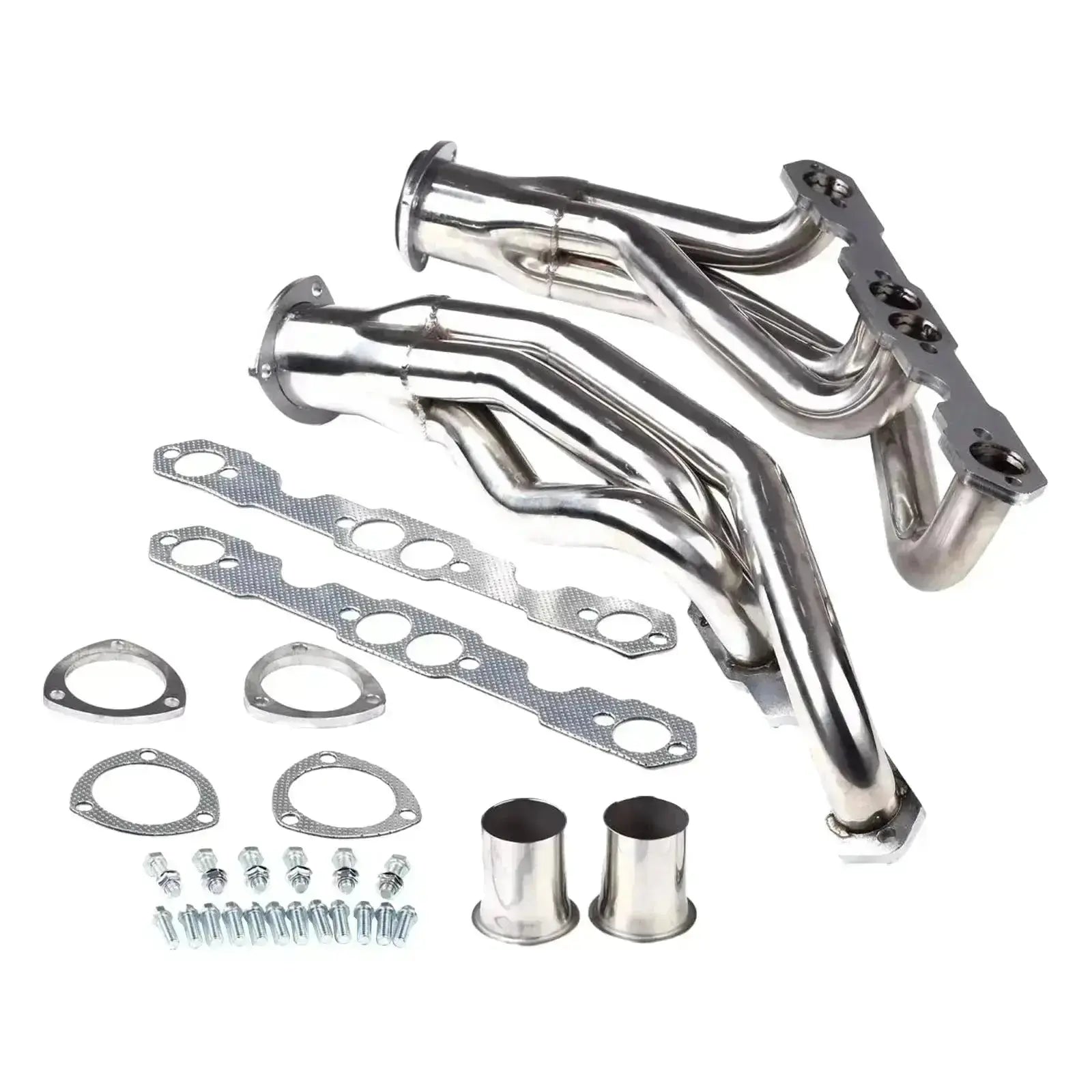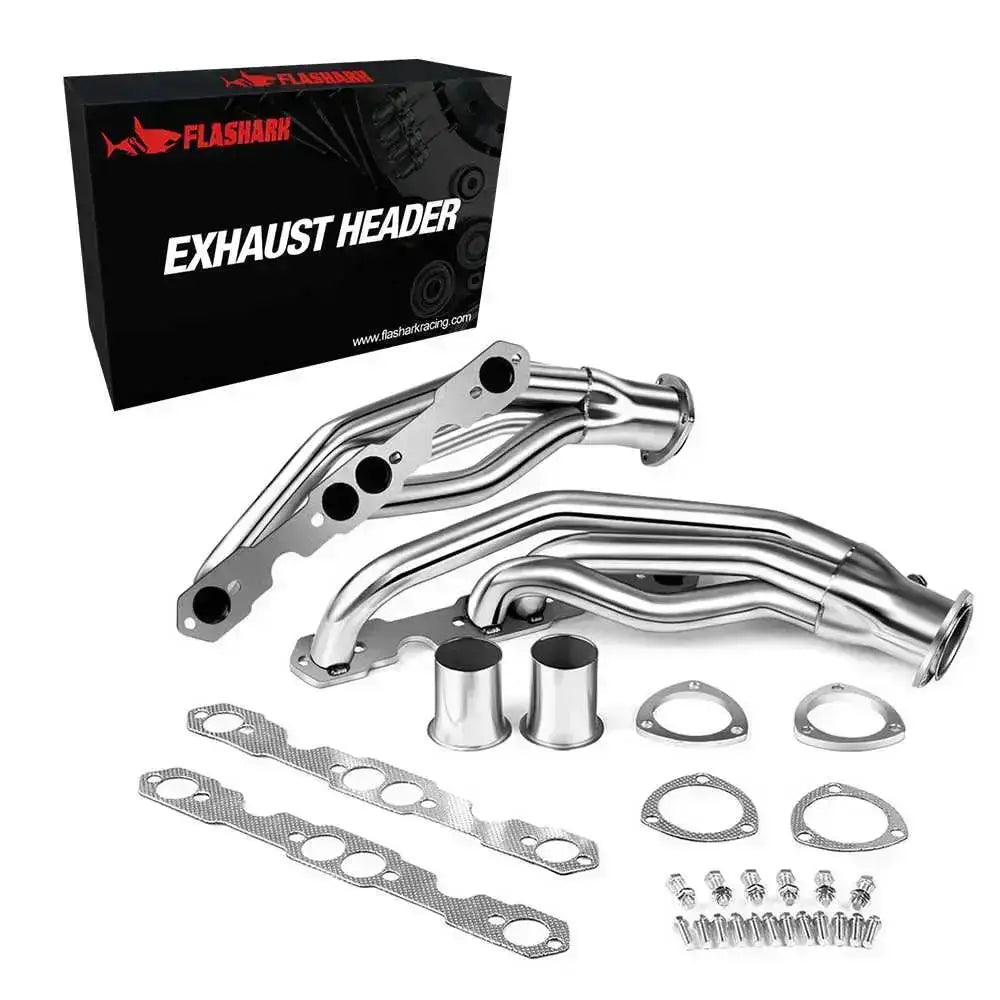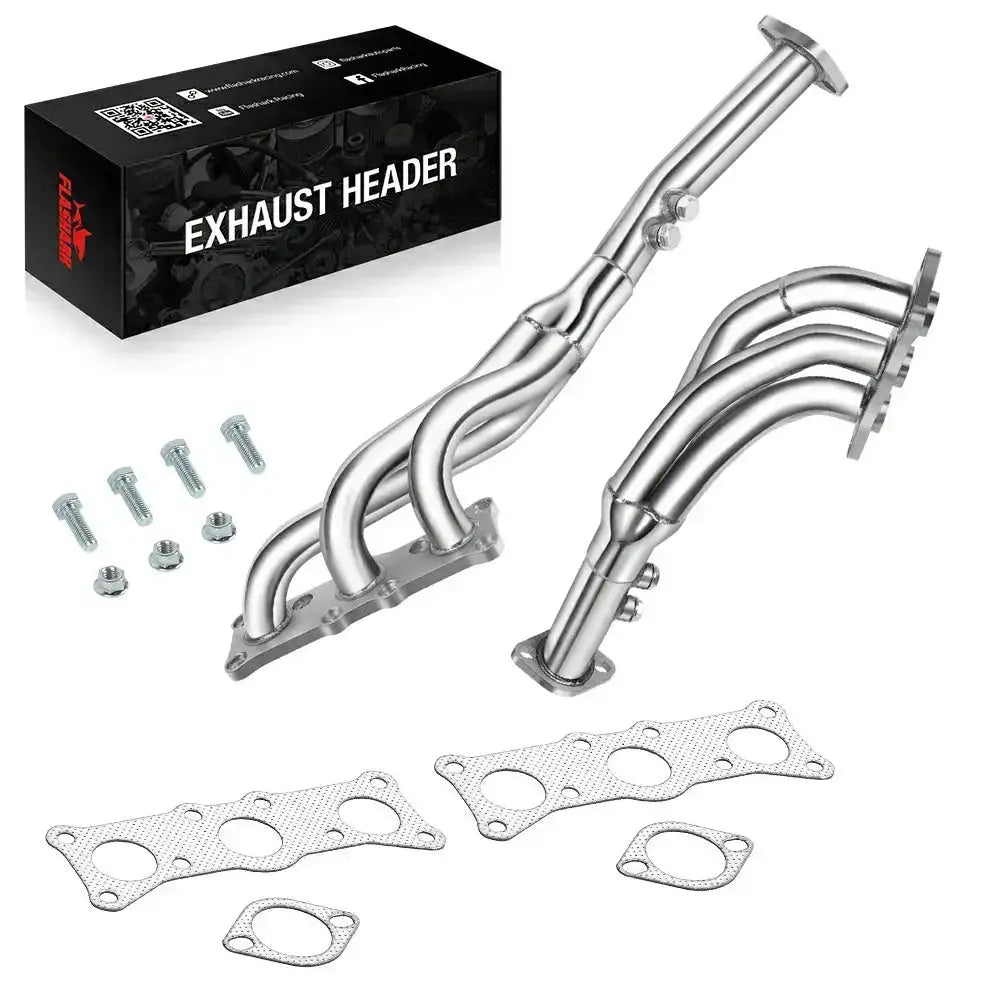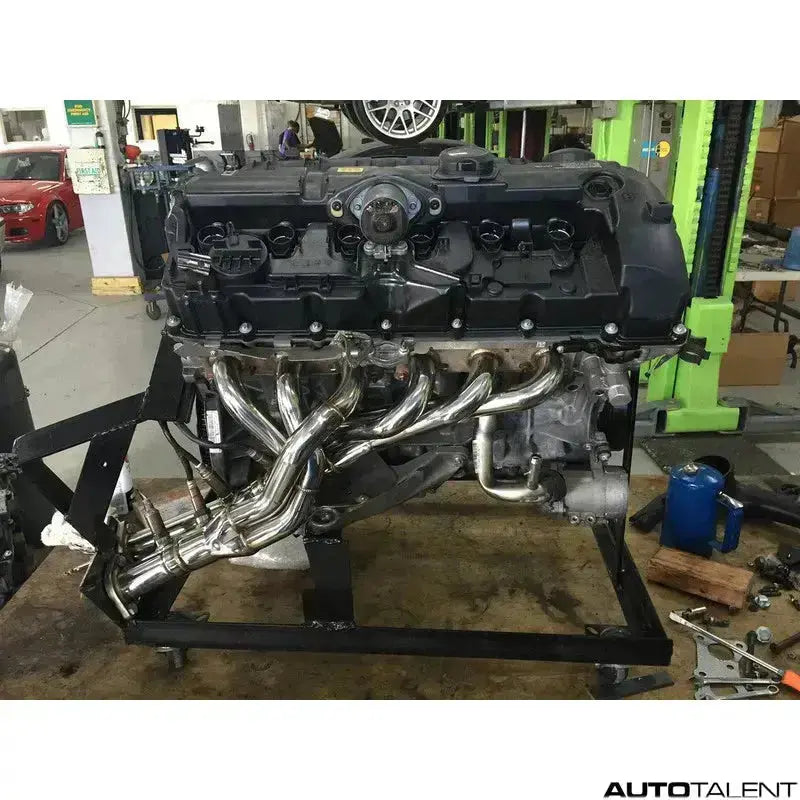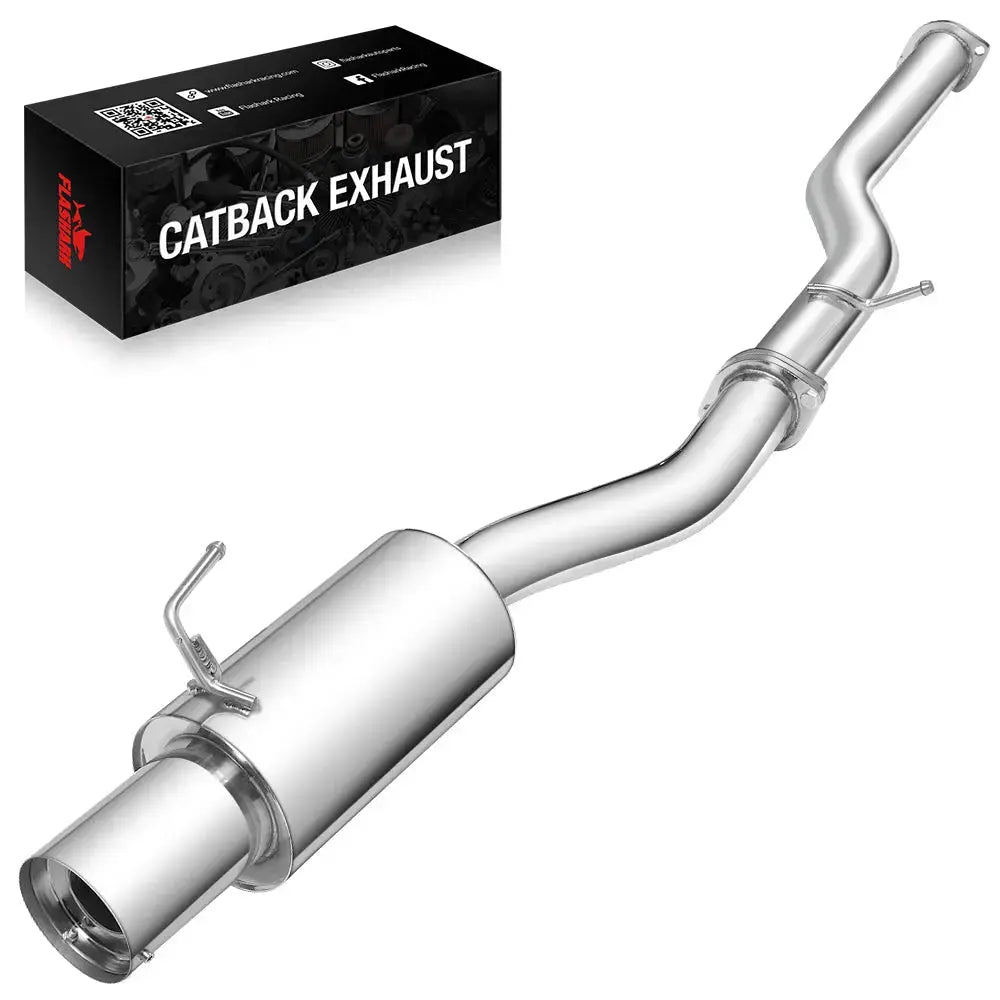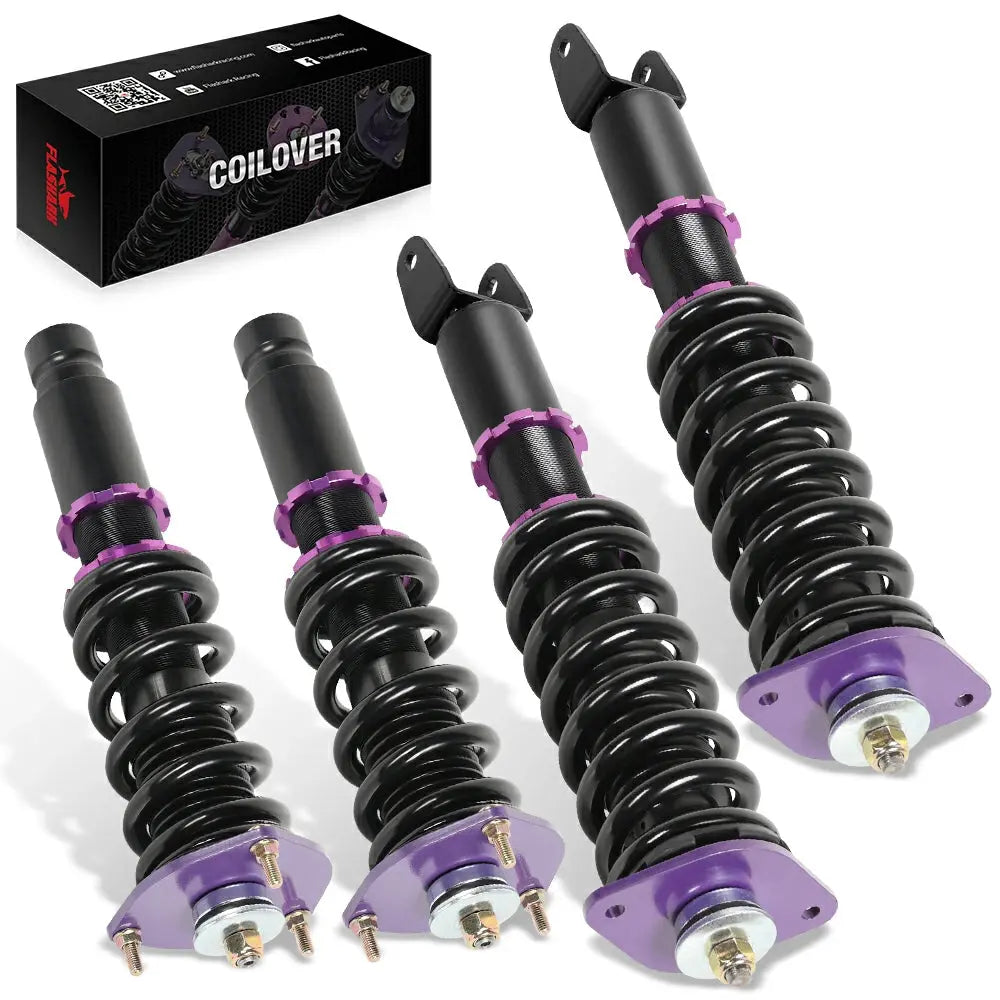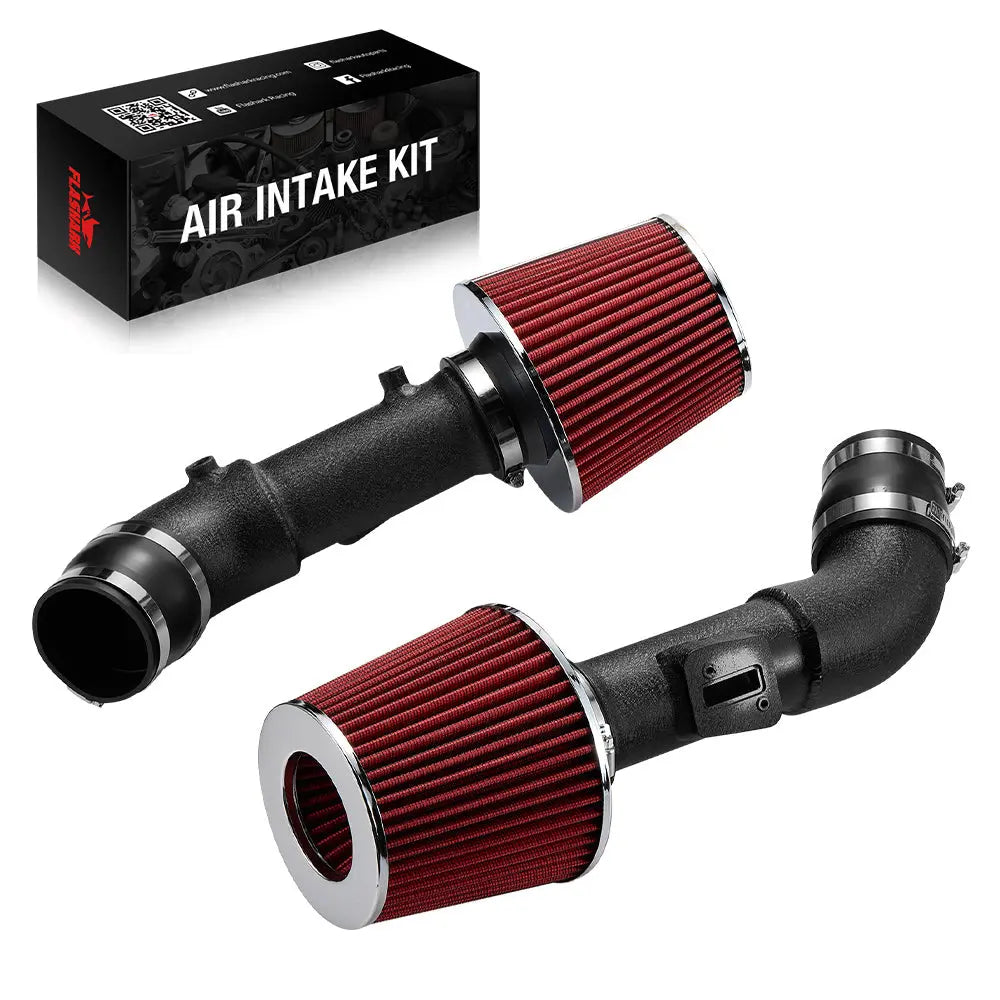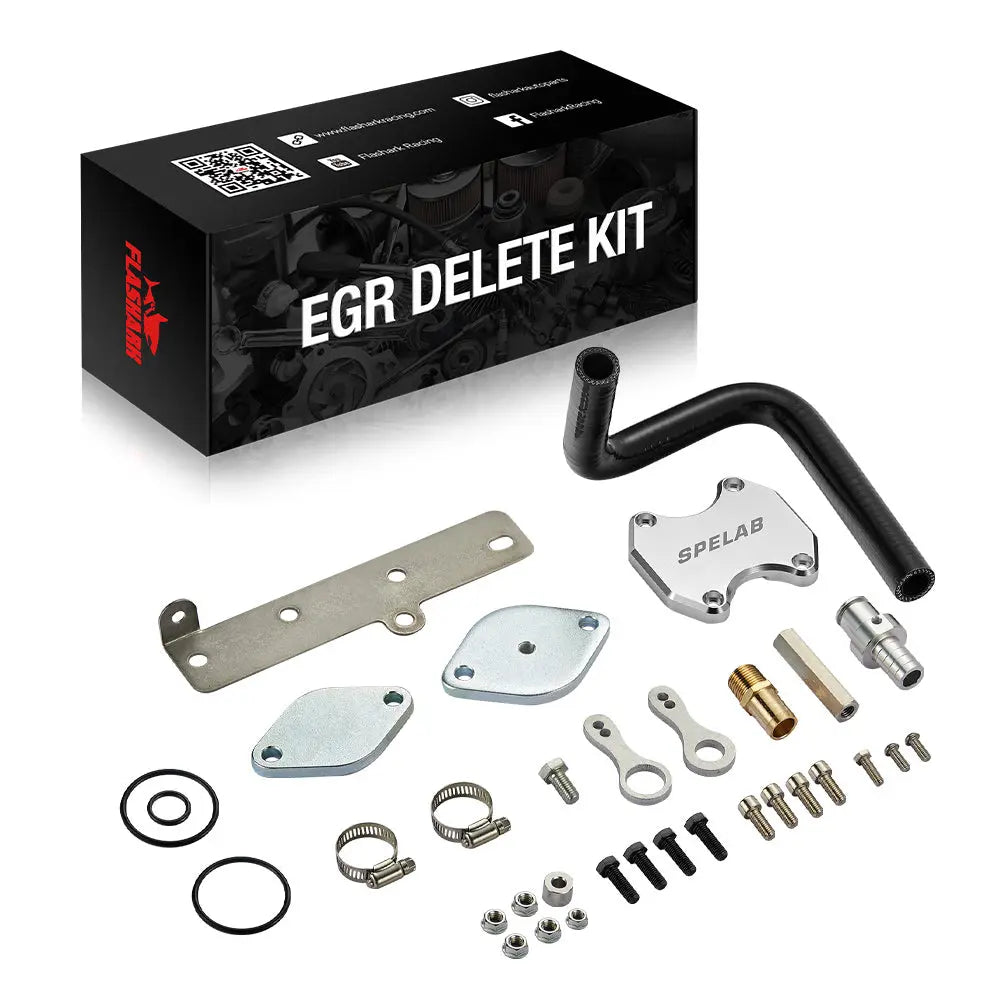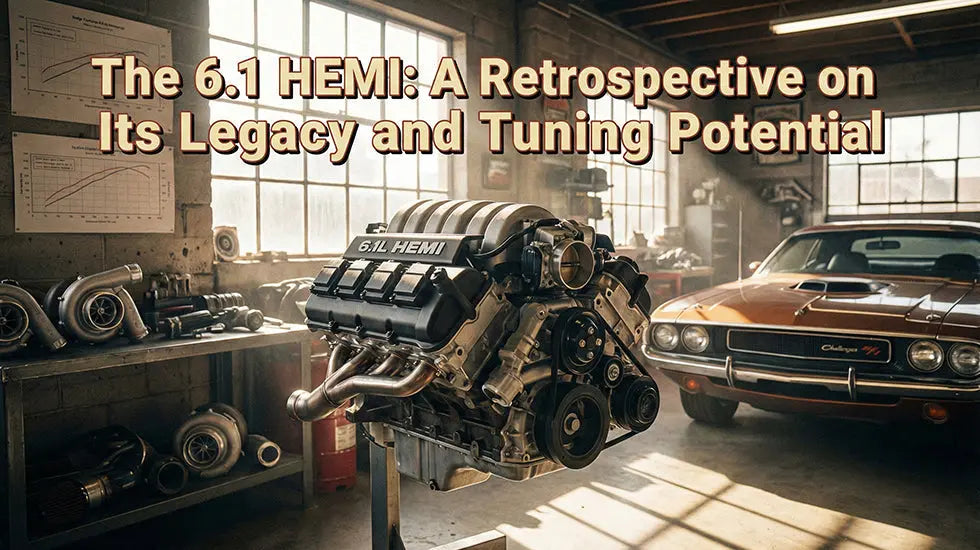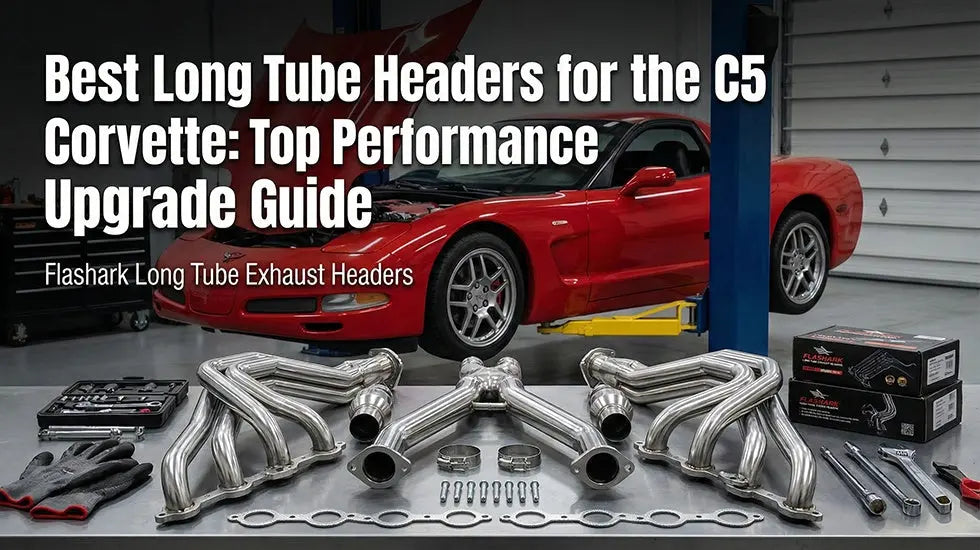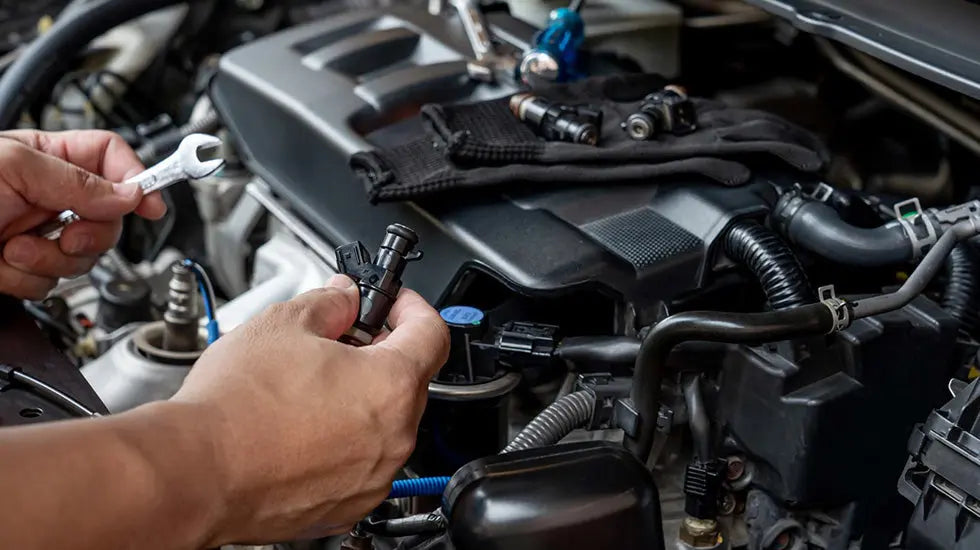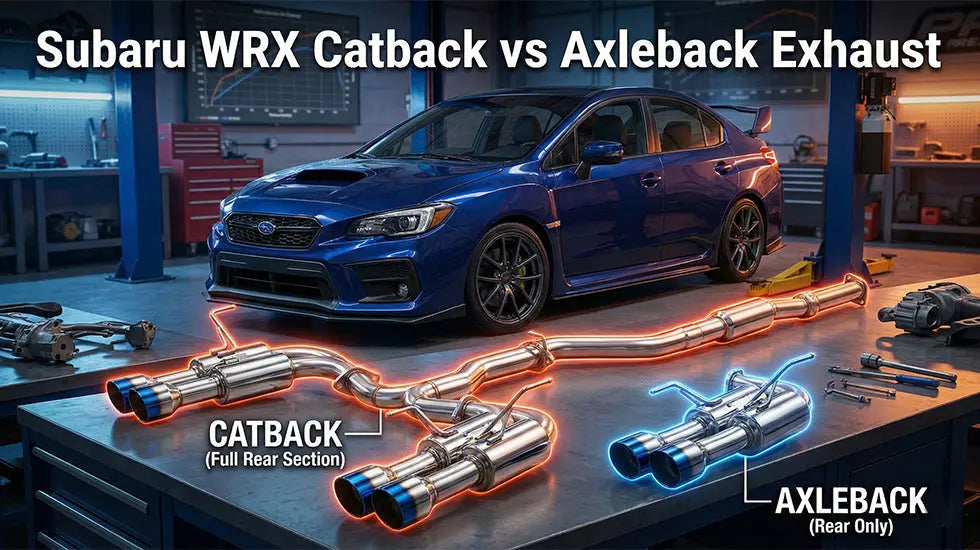A catless downpipe is an exhaust component that removes the catalytic converter from the vehicle's exhaust system. Typically used in high-performance or modified vehicles, it allows exhaust gases to flow more freely by eliminating the restrictions caused by the catalytic converter. This modification is popular among car enthusiasts who seek improved turbo response and increased engine power.
The primary difference between a standard downpipe and a catless one is the presence of the catalytic converter. While the standard downpipe retains the converter to reduce harmful emissions, the catless downpipe bypasses this part, leading to more efficient exhaust flow. This is especially beneficial in turbocharged engines, where boost response and overall performance are critical.
How a Catless Downpipe Affects Engine Performance

Increased Exhaust Flow and Boost Response
One of the most significant benefits of installing a catless downpipe is the reduction in exhaust backpressure. Backpressure occurs when exhaust gases face resistance while exiting the engine, which can slow down the turbocharger’s spool time. With a catless downpipe, the removal of the catalytic converter results in faster exhaust flow, enabling the turbocharger to spool more quickly and respond better.
This improvement in boost response can result in a noticeable increase in engine performance. For turbocharged engines, this is especially beneficial as it enhances acceleration and throttle response. Drivers may feel an increase in power, particularly at higher RPMs, as the engine can expel gases more efficiently.
Potential Power Gains
Many car owners who have installed a catless downpipe report power gains, especially after an ECU (Engine Control Unit) tune. The improved exhaust flow can allow the engine to breathe easier, enabling it to produce more power. Typically, users can see gains of up to 10-15% in horsepower, depending on the vehicle’s engine, turbocharger setup, and tuning.
However, it’s crucial to remember that these power gains are maximized only when the car is properly tuned. Without tuning, the engine may not be able to handle the increased exhaust flow, leading to potential issues in the long run.
Risks of Engine Damage with Catless Downpipes
Installing a catless downpipe can offer significant performance gains, but it also brings some risks that need to be carefully considered. While a properly tuned engine with supporting modifications can handle the increased exhaust flow and reduced backpressure, improper installation or lack of tuning can lead to serious engine damage. The removal of the catalytic converter can result in higher exhaust gas temperatures, fuel mixture issues, and increased strain on turbocharger components. These factors, if left unaddressed, can lead to premature wear, turbo failure, and other engine problems.

Heat Build-Up and Engine Strain
Removing the catalytic converter increases the temperature of the exhaust gases. The exhaust gas temperatures (EGT) can become significantly higher with a catless downpipe, especially during high-performance driving or at full throttle. This elevated temperature can put additional stress on the engine’s turbocharger and other components such as exhaust valves, seals, and gaskets.
High EGTs can lead to premature wear of these components, particularly in turbocharged engines, where the turbocharger already experiences high temperatures. Over time, this can result in turbo failure, engine knock, and other severe engine problems if not properly addressed.
Fuel-Air Mixture Issues
Another critical risk of installing a catless downpipe is the impact on the air-fuel ratio (AFR). The catalytic converter plays a role in monitoring and adjusting the vehicle's emissions by interacting with the exhaust gases. When it is removed, the system may have difficulty adjusting the AFR, leading to a mixture that is either too rich or too lean.
A lean mixture (too much air and not enough fuel) can result in engine knock, while a rich mixture (too much fuel and not enough air) can cause carbon buildup and damage to the engine. Proper ECU tuning is essential to avoid these issues and ensure that the vehicle runs smoothly with the catless setup.
Turbocharger and Exhaust Component Wear
The removal of the catalytic converter can lead to higher exhaust temperatures, putting more strain on the turbocharger. Over time, this additional stress can cause parts such as the turbo bearings, exhaust manifold, and wastegate actuator to wear out faster. Turbo lag can also become more pronounced if the system is not properly tuned.
Additionally, components like exhaust valves and seals may fail prematurely due to the increased heat and exhaust pressure. To mitigate this risk, it is crucial to install supporting modifications such as upgraded intercoolers and better cooling systems.
Environmental and Legal Considerations of Catless Downpipes
Environmental Impact
One of the most significant drawbacks of catless downpipes is their environmental impact. By removing the catalytic converter, the vehicle will no longer reduce harmful emissions such as carbon monoxide (CO), nitrogen oxides (NOx), and unburnt hydrocarbons. The catalytic converter plays a crucial role in converting these toxic gases into less harmful substances before they are released into the atmosphere.
A vehicle equipped with a catless downpipe will produce far more pollution, which is detrimental to the environment and public health. As such, these systems are not recommended for daily drivers or vehicles used in regions with stringent environmental regulations.
Legal Issues and Compliance
The use of a catless downpipe can be illegal in many areas, especially in states with strict emission laws, such as California. These laws require vehicles to meet specific emission standards, and removing the catalytic converter violates those regulations. If caught with a catless downpipe during an emission inspection, a vehicle may fail the test, resulting in fines, penalties, or even being banned from the road.
Car owners should also be aware that a catless downpipe can affect their vehicle warranty. Many manufacturers void warranties if modifications like these are installed, particularly if the modification affects emissions.
Installing a Catless Downpipe: Best Practices and Considerations
The Importance of ECU Tuning
When installing a catless downpipe, it is essential to perform an ECU tune. Without proper tuning, the vehicle’s engine may run inefficiently, risking damage to vital components. The ECU needs to be adjusted to account for the increased exhaust flow, ensuring that the engine runs at an optimal air-fuel ratio.
An ECU tune will adjust critical parameters such as boost levels, fuel delivery, and timing, ensuring that the engine can handle the increased power output and higher exhaust temperatures. Aftermarket tuning options like piggyback controllers or custom ECU remapping are typically required to fully realize the benefits of a catless downpipe.
Supporting Mods for Catless Downpipe Installation
In addition to ECU tuning, supporting modifications are highly recommended to maximize performance and reduce engine risks. Key mods include:
- Upgraded intercoolers: They help keep the intake air temperature lower, reducing the risk of heat-related damage to the engine.
- Better cooling systems: Improved cooling helps prevent overheating of the turbo and exhaust components.
- Enhanced intake systems: These systems can help improve air intake efficiency and complement the increased exhaust flow.
By adding these supporting mods, you can ensure that the car operates at its best performance while minimizing the risks associated with higher exhaust temperatures.
Conclusion: Should You Install a Catless Downpipe?
Installing a catless downpipe can offer significant performance benefits, especially for enthusiasts looking to increase turbo response and horsepower. However, it comes with notable risks, such as increased engine strain, potential turbocharger failure, and higher exhaust temperatures.
If you’re considering this modification, it’s crucial to pair it with the proper ECU tune and supporting mods to prevent engine damage. Additionally, you must be aware of the legal and environmental implications, particularly in regions with strict emissions laws.
In conclusion, while a catless downpipe can provide substantial power gains, it is most suited for performance-focused vehicles, track cars, or race cars rather than daily drivers. Make sure to weigh the benefits against the potential risks and legal concerns before making the modification.
Last Chance! FlashArk Racing Limited-Time Discounts Are Here!
Don't miss out on these exclusive deals! FlashArk Racing is currently offering amazing limited-time promotions to help you upgrade your racing gear and accessories at unbeatable prices. Check out our current discounts:
- Extra 10% Off for All Exhaust Headers
- Extra 11% Off for All Catback Exhausts
- Extra 12% Off for All Downpipe Exhausts
- Extra 11% Off for All Catalytic Converter
- Extra 13% Off for Cold Air Intake
- Extra 15% Off for DPF & CAT Delete Pipe
Hurry, these offers are available for a limited time only! Click the link below to grab your discount right now:
👉Click here to visit the Flashark discount page and claim your offer!

